Our societies are facing major challenges related to global change. These challenges include climate change and the need to radically reduce carbon emissions. However, global trends such as urbanization and population aging also require us to respond. Maintaining the status quo is no longer feasible.
This means that simply building taller buildings or constructing more streets will not solve the problem. Sustainable concepts can only be created through the intelligent and networked use of existing buildings and infrastructure. While technology is not the only solution, the most important thing is to combine digitization with other factors to support these changes and make them easier for citizens to implement. Ultimately, digitization provides the data needed to create new working and living environments that create a sustainable future in a rapidly changing world.
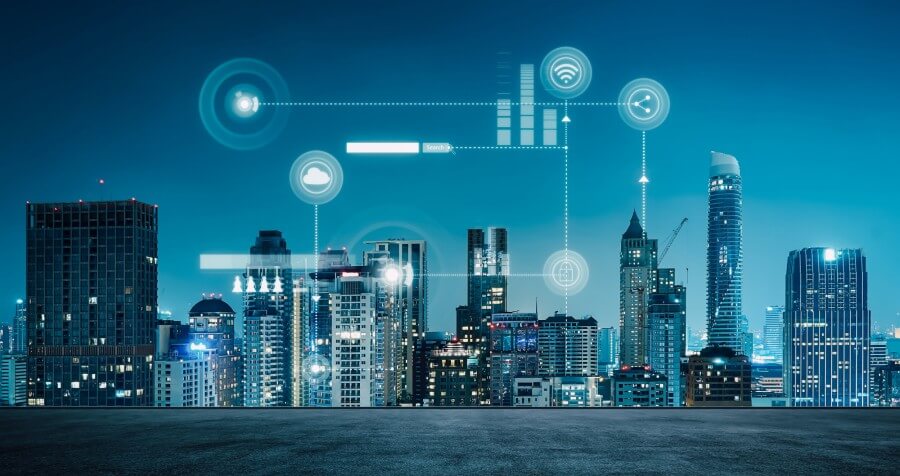
CO2 emissions from buildings: a global priority
Buildings are one of the world's largest sources of CO2 emissions and are currently under intense scrutiny. In Germany and the EU, buildings account for one-third of total CO2 emissions. The potential for energy savings, for example through intelligent management of residential and commercial buildings, is also enormous. Most countries have clear regulations to control CO2 emissions. The German government has imposed stricter energy-efficiency standards on buildings known as "new apartment buildings", which from January 2020, for example, will have to be fitted with solar panels. Detached homes are 53 percent more energy efficient than those built to 2016 standards, according to official calculations based on the new standards.
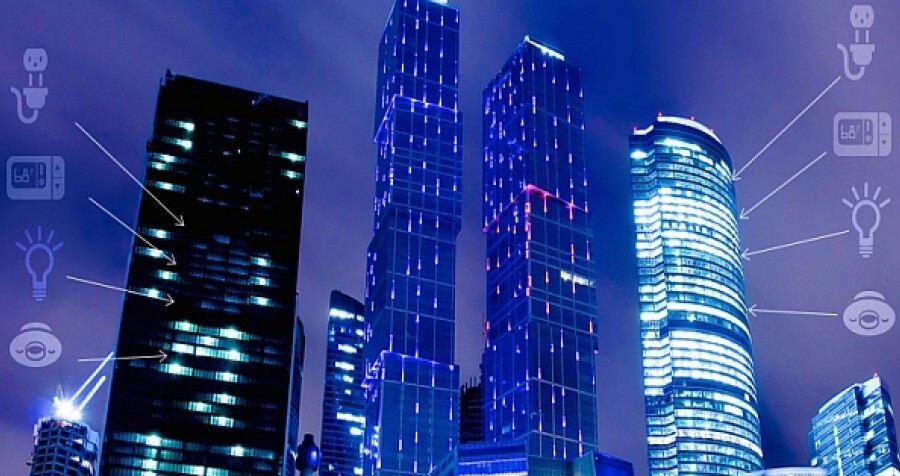
Sustainable digitization
Smart buildings are the future, however, and not just for environmental reasons. Electric cars need to be able to be recharged, changing demographics require new ways of caring for those in need, and overcrowded urban environments need to make better use of space.

 CN
CN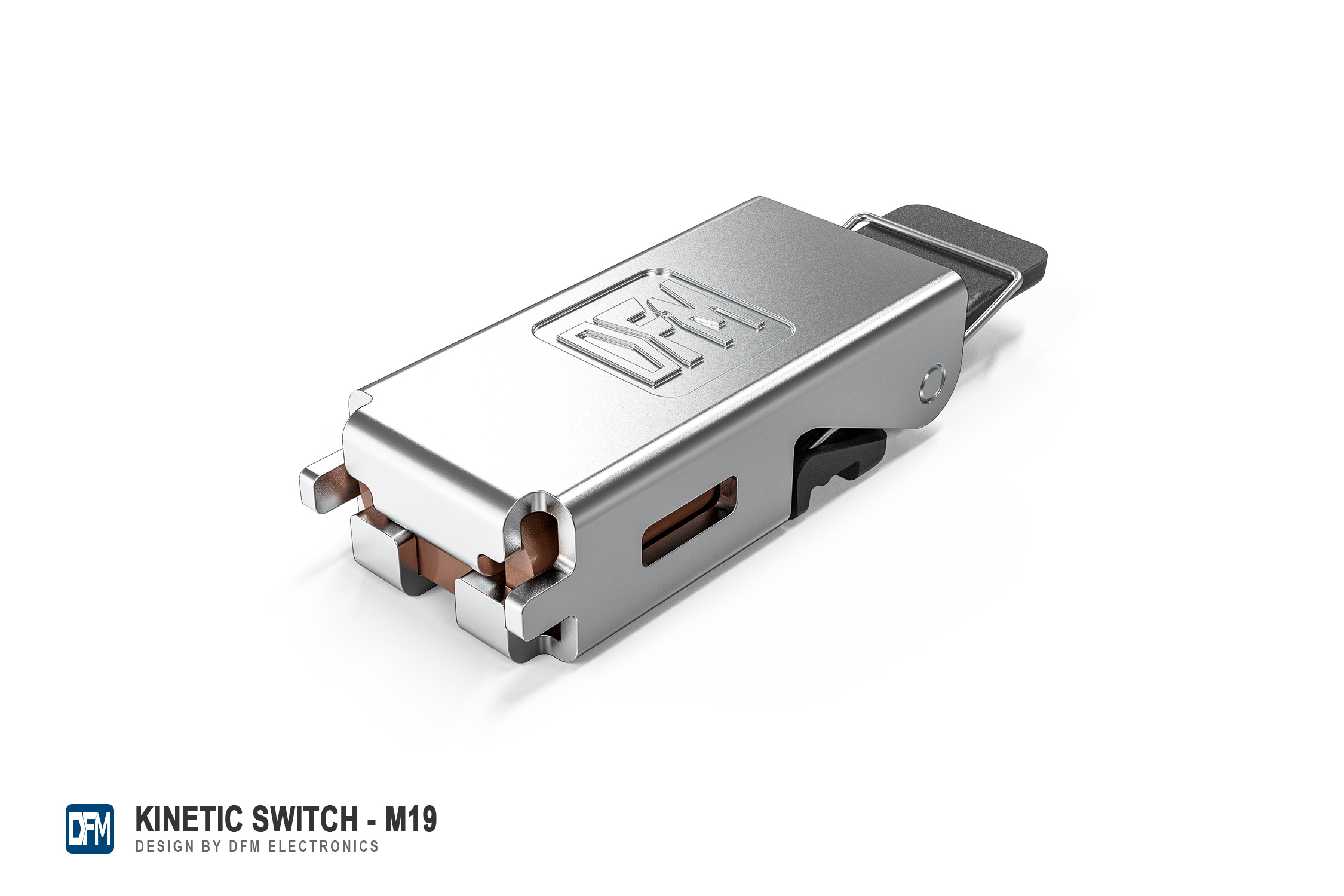

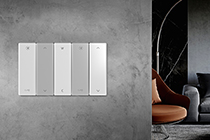
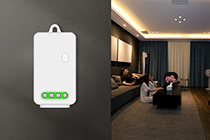

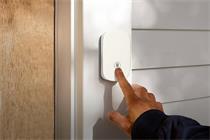

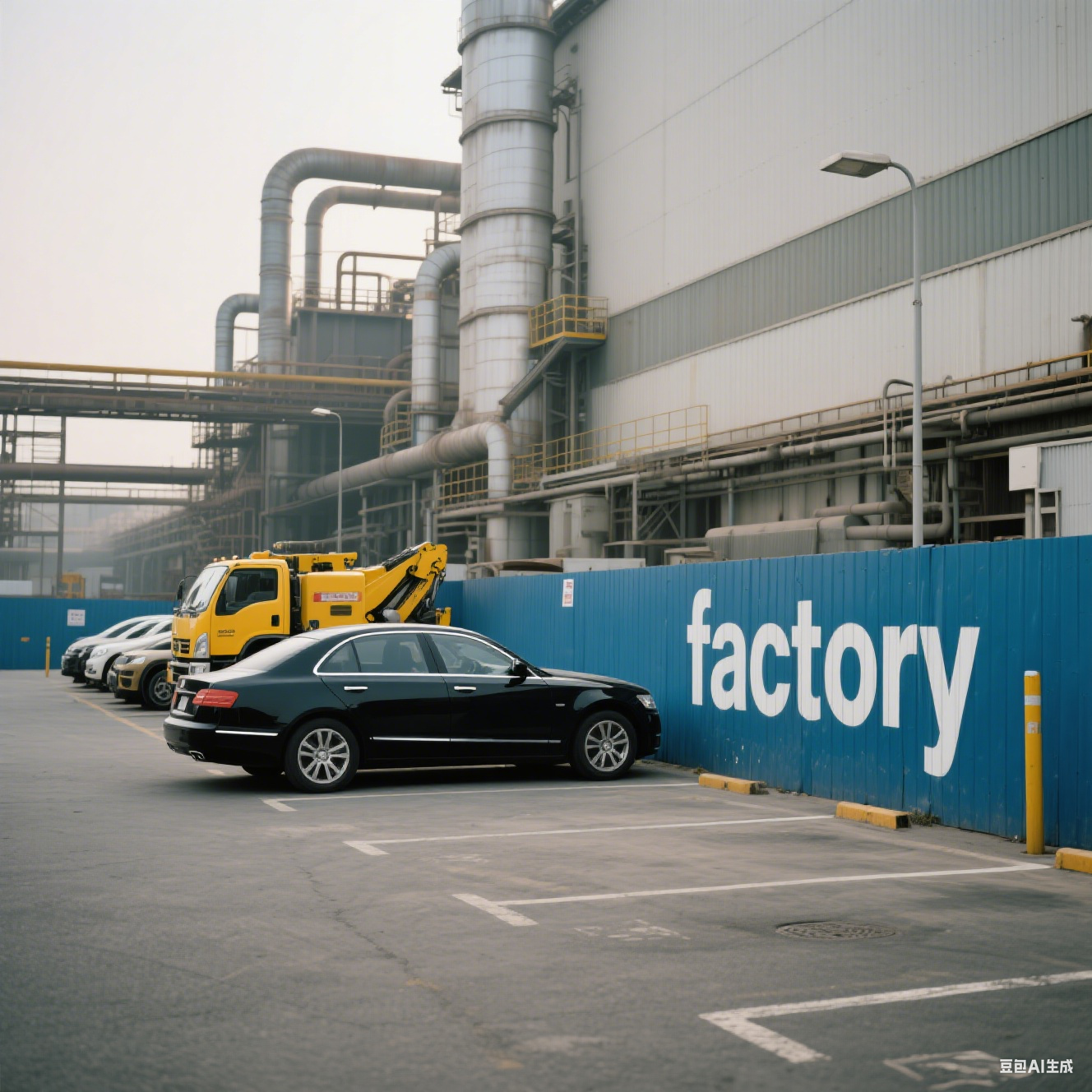





 Home
Home DFM
DFM  Aug 28,2023
Aug 28,2023 
 Do Wireless Kinetic products disconnect often?
Do Wireless Kinetic products disconnect often? 
 Aug 18,2023
Aug 18,2023 













